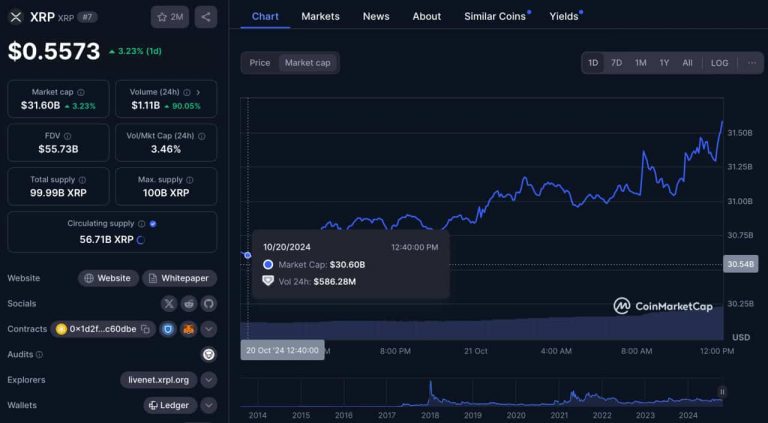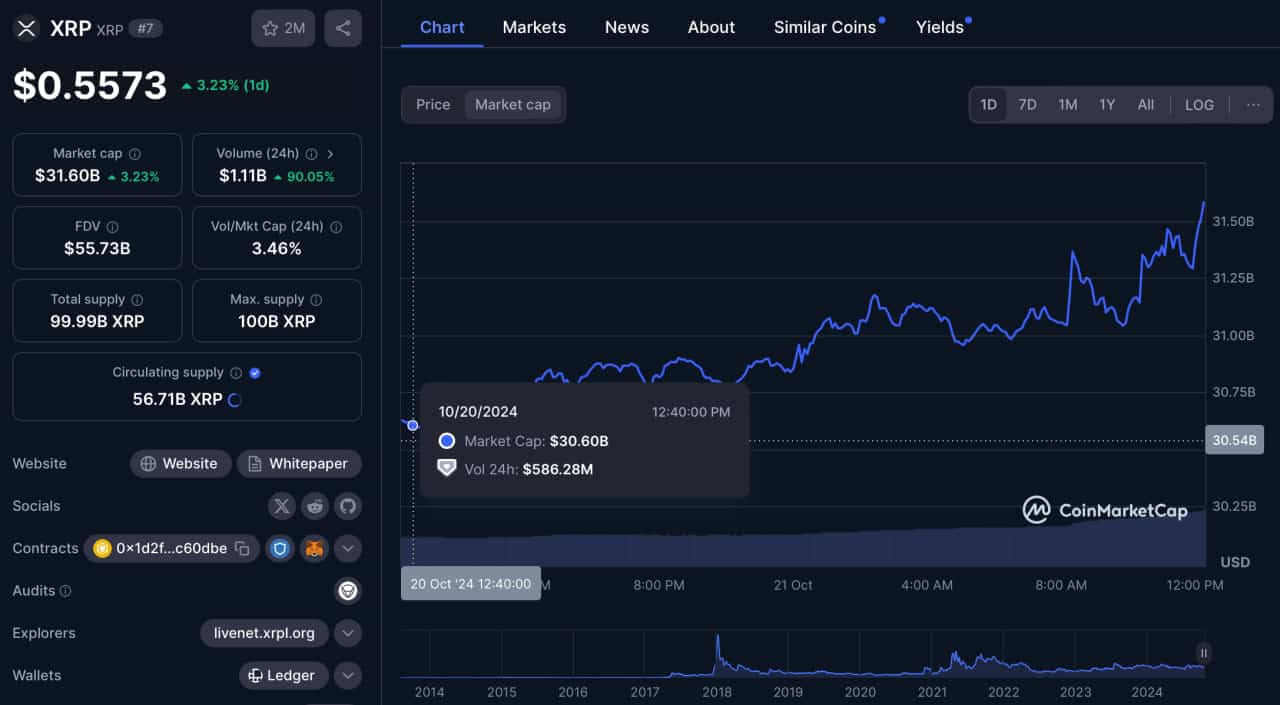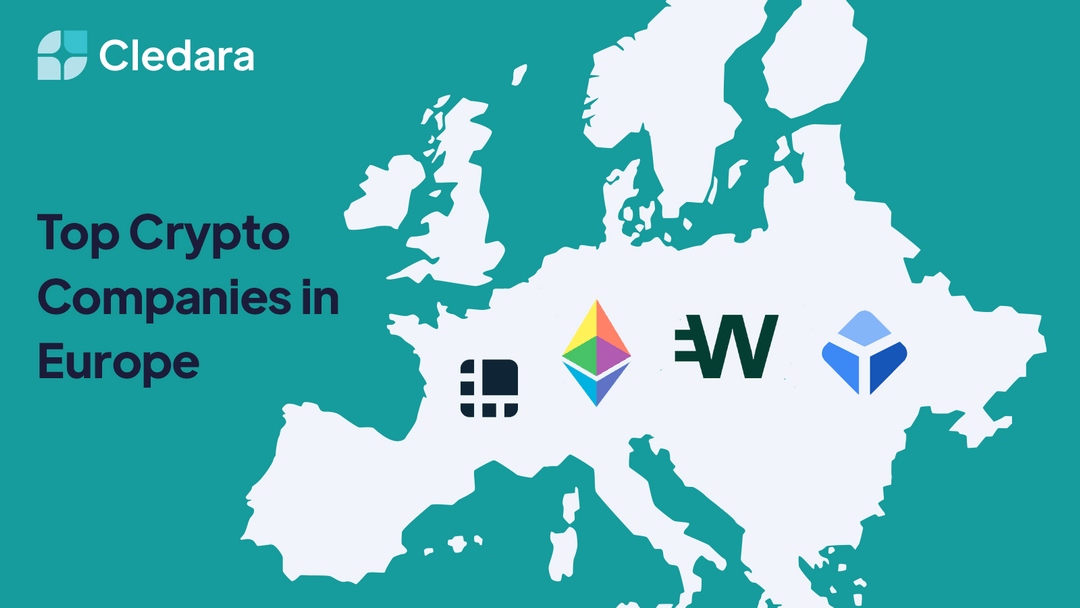Beginning with bitcoin yield meaning, the narrative unfolds in a compelling and distinctive manner, drawing readers into a story that promises to be both engaging and uniquely memorable.
Bitcoin yield refers to the earnings generated from Bitcoin investments, akin to interest earned on savings. This topic is rapidly gaining traction as more investors seek opportunities beyond price appreciation, exploring various methods to generate yield through strategies like staking and lending. Understanding bitcoin yield meaning paves the way for informed investment decisions in an evolving financial landscape.
Understanding Bitcoin Yield
Bitcoin yield refers to the returns generated from investing or holding Bitcoin, similar to how traditional investments yield dividends or interest. In the context of Bitcoin, the concept of yield can manifest in different ways, whether through appreciation in price, interest earned via lending, or rewards from staking in various DeFi protocols. With Bitcoin gaining traction as a viable investment asset, understanding its yield is essential for investors looking to maximize their returns.Various types of yields associated with Bitcoin investments include interest from lending platforms, staking rewards from several blockchain networks, and even yield farming opportunities in decentralized finance (DeFi).
Compared to traditional finance, where yields might come from fixed deposits or bond interest, Bitcoin yield can often be more volatile but potentially offers higher return prospects.
Methods to Earn Bitcoin Yield
There are several methods for earning yield on Bitcoin, each catering to different investor preferences and risk appetites. The most common methods include lending Bitcoin on platforms, staking it on supported networks, and participating in liquidity pools in DeFi. Here’s a brief overview of various yield-generating platforms and their features:
| Platform | Method | Average Yield | Risks |
|---|---|---|---|
| Celsius Network | Lending | 8-12% | Platform risk, market volatility |
| BlockFi | Lending | 4-9% | Regulation risk, platform security |
| Binance | Staking | 5-20% | Market changes, technology failure |
| Aave | Liquidity Pools | 5-10% | Smart contract risk, impermanent loss |
While these methods present exciting opportunities for yield generation, they also come with inherent risks. Investors should be aware of the potential loss of principal, the risk of platform insolvency, and regulatory challenges that may arise.
Factors Influencing Bitcoin Yield
Several key factors can significantly affect Bitcoin yield, primarily driven by market conditions and investor behavior. The yield on Bitcoin is influenced by supply and demand dynamics, overall market sentiment, and the volatility associated with cryptocurrency investments.External factors that can impact Bitcoin yield include:
- Regulatory changes that affect market access or trading practices.
- Technological advancements that enhance blockchain efficiency or security.
- Market trends influenced by major economic events or technological breakthroughs.
- Investor sentiment that might cause sudden price fluctuations.
Volatility is a crucial aspect of Bitcoin investments, as it can impact yield generation significantly. For instance, sharp price changes can affect the returns on lending or staking, making it essential for investors to stay informed about market movements.
Yield vs. Risk in Bitcoin Investments
When considering yield opportunities in Bitcoin, it’s essential to weigh those against the inherent risks associated with cryptocurrency investments. While the potential for high returns exists, so do significant risks, such as market volatility and regulatory scrutiny.Adopting strategies for mitigating risks while seeking yield is vital for any Bitcoin investor. Some common strategies include diversifying investments across different platforms, setting stop-loss orders, and regularly reviewing investment performance to adjust strategies as needed.It’s essential to conduct thorough risk assessments before engaging in yield-focused Bitcoin investments.
Understanding individual risk tolerance and how different yield strategies align with that tolerance can help investors make informed decisions.
Future of Bitcoin Yield
The landscape of Bitcoin yield is evolving, shaped by trends such as decentralized finance (DeFi) innovations and the increasing acceptance of cryptocurrencies by institutional investors. As DeFi continues to grow, new yield opportunities are emerging, promising to enhance the earning potential for Bitcoin holders.Here’s a look at some potential future yield opportunities in the Bitcoin landscape:
| Opportunity | Description |
|---|---|
| Layer 2 Solutions | Improving transaction speeds and reducing fees, potentially increasing staking rewards. |
| Cross-Chain Yield Farming | Enabling yield generation from multiple blockchain ecosystems, diversifying risk. |
| Institutional Investment Products | Emergence of Bitcoin ETFs and mutual funds offering yield opportunities. |
| Enhanced Security Protocols | Decreasing risks associated with yield-generating platforms, attracting more investors. |
Predictions suggest that Bitcoin yield will continue to evolve, potentially leading to more sophisticated earning methods and broader participation in the market. As innovation continues, investors can expect more integrated platforms that facilitate yield generation while ensuring maximum security and compliance with regulations.
Final Review
As we wrap up our exploration of bitcoin yield meaning, it becomes evident that the landscape is dynamic and filled with potential. Investors are encouraged to stay informed about the trends and risks associated with yield generation in Bitcoin. By navigating these complexities, one can harness the opportunities that bitcoin yield presents, ultimately leading to more strategic investment outcomes.
Clarifying Questions
What is bitcoin yield?
Bitcoin yield is the income earned from Bitcoin investments, typically through methods like staking, lending, or yield farming.
How does bitcoin yield compare to traditional investments?
Bitcoin yield can offer higher returns compared to traditional investments, but it also comes with greater volatility and risks.
What are the risks associated with earning bitcoin yield?
Risks include market volatility, platform reliability, regulatory changes, and potential loss of capital.
Can anyone earn yield on Bitcoin?
Yes, anyone with Bitcoin can earn yield, but the methods and platforms available may vary based on individual circumstances and risk tolerance.
What factors influence bitcoin yield?
Factors include market conditions, regulatory environment, technological advancements, and overall demand for Bitcoin.


















